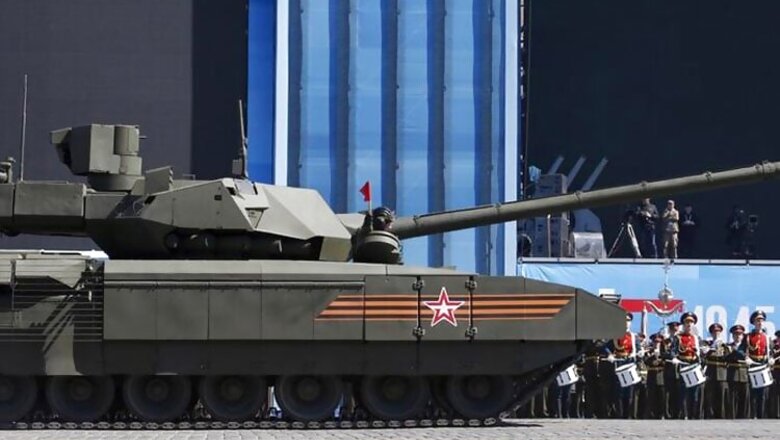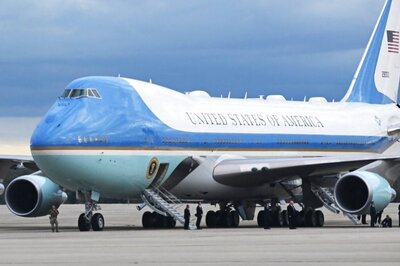
views
In a major breakthrough in the use of 3D printing technology being used in the development of major weapons system, the manufacturer of armoured vehicles for the Russian Army, Electromashina JSC, has revealed that the company is using the technology to produce an next-generation T-14 Armata battle tank.
Very little is known about the T-14 Armata tank which will be Russian Army's standard next-generation armoured vehicle platform. The Russian Army plans to acquire 2,300 T-14 Armata tanks till 2020. The armoured vehicle was first seen in public in May 2015 and drove around Moscow's Red Square during the Victory Day Parade, a celebration of the 70th anniversary of Russia’s victory in World War II.
Electromashina JSC, a part of the UralVagonZavod Corporation, has revealed the important role played by 3D printing technology in the production of its new line of Armata tanks.
3D printing has been used since 2015 to produce prototype parts of the tank. These parts can be created in small numbers, tested, and then redesigned as appropriate until ready for series production , according to Anton Ulrich, Manager of the Rapid Prototyping Lab at Electromashina.
Electromashina has also been using its 3D printers to produce master models, used in the casting of metal and plastic parts. The company will soon start using 3D printers to produce 3D printed titanium parts, several metres in length, for use in its armoured vehicles.
"3D printing has been implemented to speed up trial production,” Ulrich explained. When a designer develops new products, he uses CAD software to produce a 3D model. So, using a 3D printer, we can quickly turn those 3D models into prototype parts. Now there is no need to order a sample component, and then, realizing that it doesn’t fit, have to order a re-run and waste metal.
Furthermore, it is possible to produce not just small elements of a part, but the whole assembly, evaluating its mechanical characteristics before production," said Anton Ulrich.
The T-14 Armata tank will use radar-baffling paint, thick armour plates and an unmanned turret. The tank will be manned by a crew of three seated in an armoured capsule in the front of the hull.
Fitted with a 125mm 2A82-1M smoothbore gun fed by an automatic loader, the turret carries a total of 45 rounds of ammunition, including ready-to-use ammunition. The main gun can also fire laser-guided missiles.
The 2A82 125mm gun can be replaced with a new 2A83 152mm gun in future. The tank can also be fitted with secondary weapons including a Kord 12.7mm machine gun and a PKTM 7.62mm machine gun.
The hull is equipped with a modular armour system made of steel, ceramics and composite materials. The low-silhouette of the tank avoids exposition of the parts to enemy fire, which significantly enhances the safety and survivability of the crew. The crew capsule is isolated from the automatic loader and ammunition to increase crew survivability during explosions.
The tank will also offer up to STANAG 4569 Level 5 protection, which is a NATO Standardisation Agreement covering the standards for the "Protection Levels for Occupants of Logistic and Light Armored Vehicles". The standard covers strikes from Kinetic Energy, artillery, and IED blasts.
Its forward portion is covered with reactive armour, whereas the rear is fitted with bar armour to provide added protection against anti-tank rocket-propelled grenades (RPGs). The tank can also be hinged with additional active and passive armour.
The nuclear, biological and chemical (NBC) protection, automatic fire suppression system and smoke grenade dischargers aboard the tank further enhance the crew survivability. The new Afghanit hard-kill active protection system on the tank defends incoming anti-tank guided missiles (ATGMs), rockets and RPGs.




















Comments
0 comment